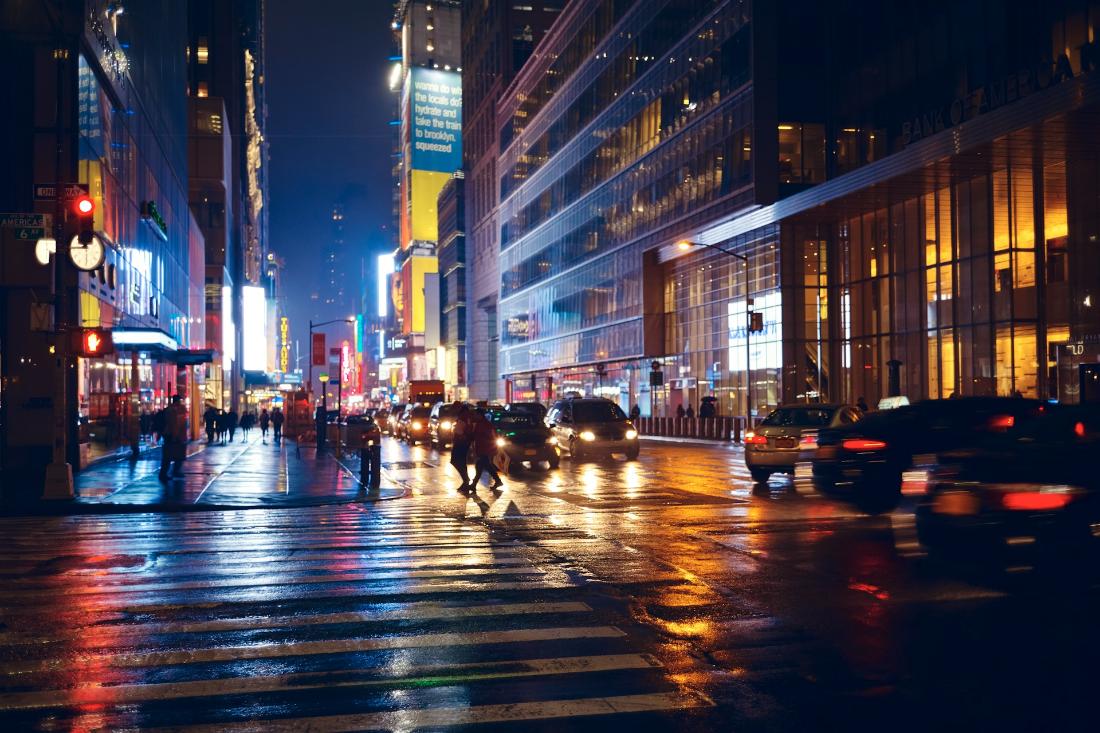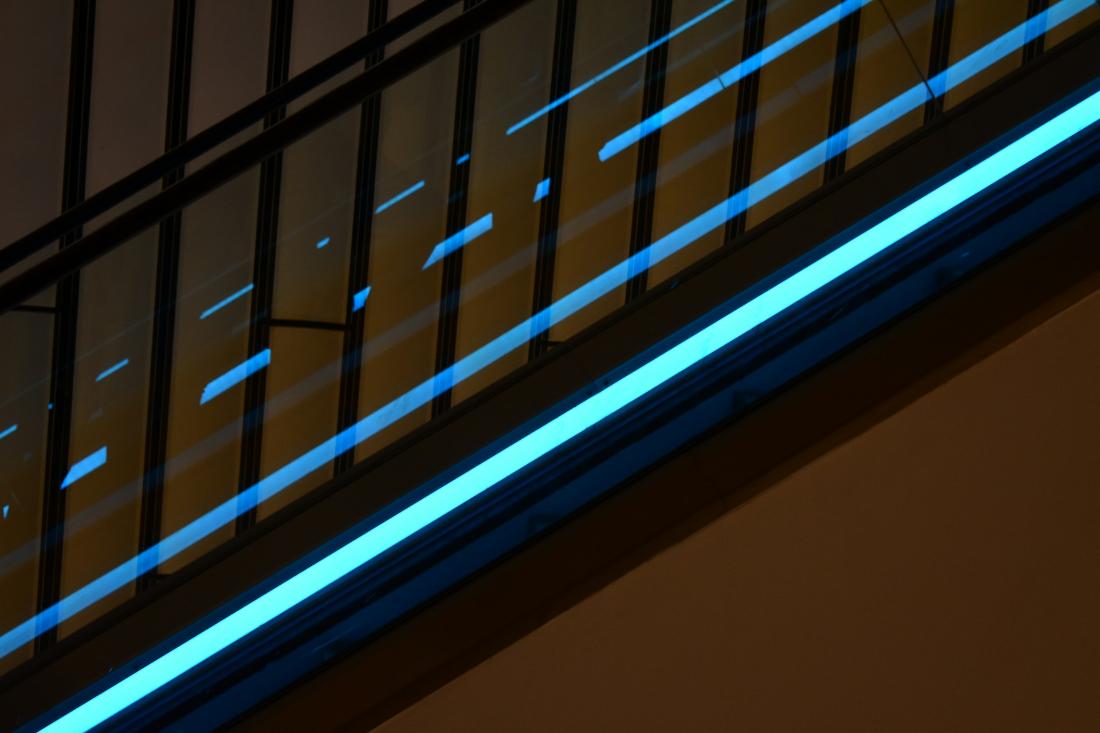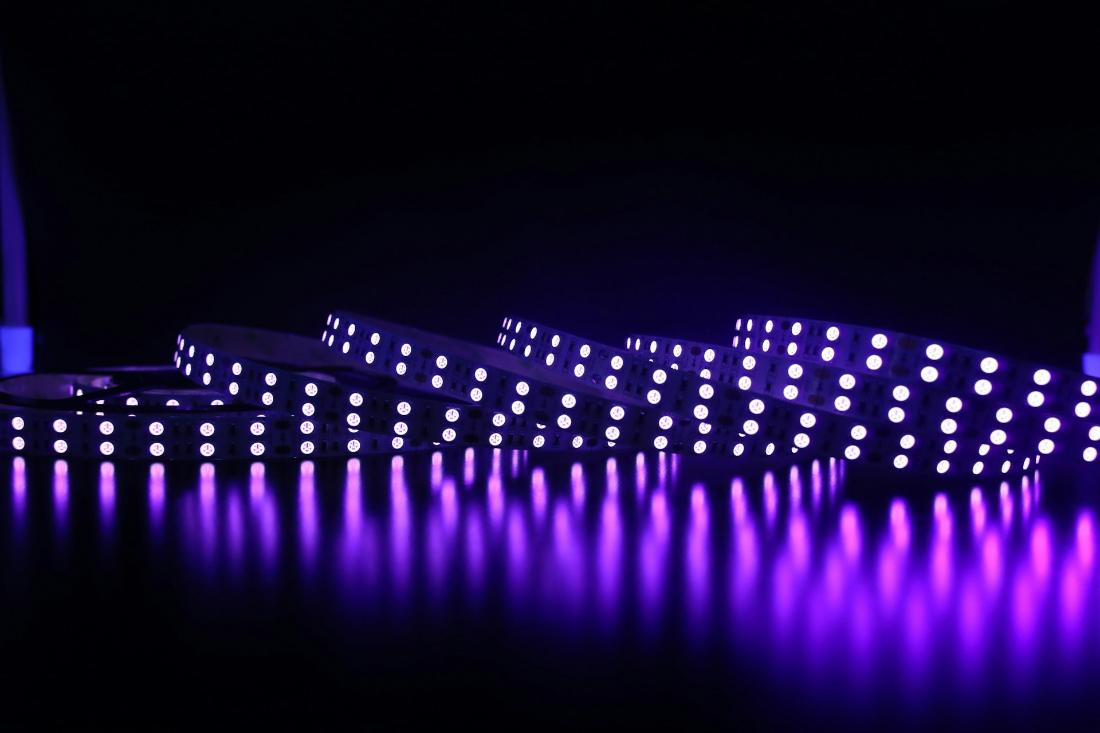Material
Strip Lighting Contractor in Malaysia: Illuminating Spaces with Precision and Artistry
Aug 18 2025
The first time I witnessed the transformative power of professional strip lighting was in a Kuala Lumpur luxury boutique. What had been an ordinary retail space became a dazzling showcase of textures and colors under the carefully calibrated glow of LED strips—each shelf, display case, and architectural detail highlighted to perfection. The strip lighting contractor in Malaysia responsible for this metamorphosis explained how their work blended technical precision with aesthetic vision, turning functional lighting into an immersive brand experience. That moment revealed how lighting, often treated as an afterthought, can redefine how we perceive and interact with spaces.
In Malaysia's dynamic commercial and residential sectors, strip lighting has evolved from simple task illumination to a sophisticated design element. These versatile lighting solutions now enhance everything from museum exhibits to kitchen countertops, offering energy efficiency alongside dramatic effects. This article explores why professional installation matters, the technical considerations for Malaysian environments, and how to identify contractors who combine electrical expertise with design sensibility.
The Rising Importance of Quality Strip Lighting
Malaysia's architectural and retail landscapes have embraced strip lighting as both practical solution and design statement. The appeal lies in its versatility—linear LEDs can outline architectural features, create floating ceiling effects, or provide discreet task lighting. In our tropical climate, where natural light fluctuates dramatically between intense sunshine and overcast skies, well-designed artificial lighting maintains consistent ambiance throughout the day.
Beyond aesthetics, proper strip lighting installation addresses several Malaysian-specific challenges. High humidity demands moisture-resistant components, especially for outdoor applications like balcony lighting or façade illumination. I've inspected failed installations where cheap, uncertified LED strips corroded within months in coastal Penang homes, while properly specified systems continued performing flawlessly for years.
Energy efficiency also plays a crucial role given Malaysia's rising electricity costs. Modern LED strips consume up to 80% less power than traditional lighting, but only when installed with quality drivers and controls. A hotel in Langkawi reduced its lobby lighting energy use by 60% after upgrading to professionally installed dimmable strips with motion sensors—savings that repaid the investment in under two years.
Perhaps most importantly, lighting affects human psychology and behavior. Studies in Malaysian workplaces show proper task lighting can reduce eye strain and boost productivity by up to 15%. In retail environments, strategic strip lighting has been shown to increase dwell time and purchase likelihood. These aren't just lights—they're tools for shaping experiences and outcomes.
In Malaysia's dynamic commercial and residential sectors, strip lighting has evolved from simple task illumination to a sophisticated design element. These versatile lighting solutions now enhance everything from museum exhibits to kitchen countertops, offering energy efficiency alongside dramatic effects. This article explores why professional installation matters, the technical considerations for Malaysian environments, and how to identify contractors who combine electrical expertise with design sensibility.
The Rising Importance of Quality Strip Lighting
Malaysia's architectural and retail landscapes have embraced strip lighting as both practical solution and design statement. The appeal lies in its versatility—linear LEDs can outline architectural features, create floating ceiling effects, or provide discreet task lighting. In our tropical climate, where natural light fluctuates dramatically between intense sunshine and overcast skies, well-designed artificial lighting maintains consistent ambiance throughout the day.
Beyond aesthetics, proper strip lighting installation addresses several Malaysian-specific challenges. High humidity demands moisture-resistant components, especially for outdoor applications like balcony lighting or façade illumination. I've inspected failed installations where cheap, uncertified LED strips corroded within months in coastal Penang homes, while properly specified systems continued performing flawlessly for years.
Energy efficiency also plays a crucial role given Malaysia's rising electricity costs. Modern LED strips consume up to 80% less power than traditional lighting, but only when installed with quality drivers and controls. A hotel in Langkawi reduced its lobby lighting energy use by 60% after upgrading to professionally installed dimmable strips with motion sensors—savings that repaid the investment in under two years.
Perhaps most importantly, lighting affects human psychology and behavior. Studies in Malaysian workplaces show proper task lighting can reduce eye strain and boost productivity by up to 15%. In retail environments, strategic strip lighting has been shown to increase dwell time and purchase likelihood. These aren't just lights—they're tools for shaping experiences and outcomes.
The Malaysian market offers various strip lighting technologies, each suited to different applications and budgets. Understanding these options helps consumers make informed choices.
Standard LED strips remain the workhorses of linear lighting, ideal for coves, shelves, and under-cabinet applications. The best contractors use strips with high CRI (Color Rendering Index) ratings—90+ for retail and residential spaces where color accuracy matters. A kitchen showroom in Damansara demonstrated how 95 CRI strips made marble countertops appear richer compared to standard 80 CRI alternatives.
RGB and RGBW systems enable color-changing effects for hospitality and entertainment venues. These require more sophisticated controllers and programming expertise. A popular KL nightclub's immersive lighting environment uses addressable RGB strips synchronized with music—an installation requiring close collaboration between lighting designers and electrical contractors.
High-output strips solve challenging commercial applications like warehouse task lighting or retail window displays. These demand careful thermal management to prevent premature failure. A contractor specializing in supermarket lighting showed me their aluminum channel systems that keep high-power strips cool even in Malaysia's ambient temperatures.
Weatherproof strips have opened new outdoor possibilities, from poolside lighting to architectural floodlighting alternatives. The best systems combine IP68 waterproof ratings with UV-resistant coatings. A seaside resort in Port Dickson uses marine-grade strips that have endured five years of salt spray without corrosion—a testament to proper material selection.
What Separates Exceptional Strip Lighting Contractors
The difference between basic installation and lighting artistry becomes apparent when examining details. Through evaluating numerous projects across Malaysia, key differentiators emerge among top-tier contractors.
Electrical expertise forms the foundation. Quality contractors understand load calculations, voltage drop considerations, and proper driver selection—knowledge that prevents the flickering and premature failures common in DIY installations. I've measured voltage fluctuations in poorly planned strip circuits that reduced LED lifespan by half compared to professionally designed systems.
Optical engineering knowledge elevates results. The best contractors select and position diffusers, lenses, and reflectors to achieve desired lighting effects without glare or hotspots. A museum lighting project in Penang used custom micro-prismatic diffusers to evenly illuminate delicate textiles without damaging UV exposure.
Control system proficiency is increasingly valuable. Modern strip lighting often integrates with smart home systems, daylight sensors, and programmable scenes. Contractors comfortable with DMX, DALI, and IoT platforms can create sophisticated environments. A smart home developer in Mont Kiara standardizes on contractors who can seamlessly integrate strip lighting with their home automation systems.
Aesthetic sensitivity marks the true artists. Beyond technical specs, exceptional contractors understand how lighting affects material perceptions and spatial experience. A boutique hotel's lobby gained perceived value simply from how the contractor's strip lighting emphasized the veining in its marble reception desk—an effect achieved through careful angle adjustments.
Standard LED strips remain the workhorses of linear lighting, ideal for coves, shelves, and under-cabinet applications. The best contractors use strips with high CRI (Color Rendering Index) ratings—90+ for retail and residential spaces where color accuracy matters. A kitchen showroom in Damansara demonstrated how 95 CRI strips made marble countertops appear richer compared to standard 80 CRI alternatives.
RGB and RGBW systems enable color-changing effects for hospitality and entertainment venues. These require more sophisticated controllers and programming expertise. A popular KL nightclub's immersive lighting environment uses addressable RGB strips synchronized with music—an installation requiring close collaboration between lighting designers and electrical contractors.
High-output strips solve challenging commercial applications like warehouse task lighting or retail window displays. These demand careful thermal management to prevent premature failure. A contractor specializing in supermarket lighting showed me their aluminum channel systems that keep high-power strips cool even in Malaysia's ambient temperatures.
Weatherproof strips have opened new outdoor possibilities, from poolside lighting to architectural floodlighting alternatives. The best systems combine IP68 waterproof ratings with UV-resistant coatings. A seaside resort in Port Dickson uses marine-grade strips that have endured five years of salt spray without corrosion—a testament to proper material selection.
What Separates Exceptional Strip Lighting Contractors
The difference between basic installation and lighting artistry becomes apparent when examining details. Through evaluating numerous projects across Malaysia, key differentiators emerge among top-tier contractors.
Electrical expertise forms the foundation. Quality contractors understand load calculations, voltage drop considerations, and proper driver selection—knowledge that prevents the flickering and premature failures common in DIY installations. I've measured voltage fluctuations in poorly planned strip circuits that reduced LED lifespan by half compared to professionally designed systems.
Optical engineering knowledge elevates results. The best contractors select and position diffusers, lenses, and reflectors to achieve desired lighting effects without glare or hotspots. A museum lighting project in Penang used custom micro-prismatic diffusers to evenly illuminate delicate textiles without damaging UV exposure.
Control system proficiency is increasingly valuable. Modern strip lighting often integrates with smart home systems, daylight sensors, and programmable scenes. Contractors comfortable with DMX, DALI, and IoT platforms can create sophisticated environments. A smart home developer in Mont Kiara standardizes on contractors who can seamlessly integrate strip lighting with their home automation systems.
Aesthetic sensitivity marks the true artists. Beyond technical specs, exceptional contractors understand how lighting affects material perceptions and spatial experience. A boutique hotel's lobby gained perceived value simply from how the contractor's strip lighting emphasized the veining in its marble reception desk—an effect achieved through careful angle adjustments.
Emerging Trends in Strip Lighting Technology
The strip lighting industry continues innovating, with several developments particularly relevant to Malaysian applications.
Human-centric lighting adapts to circadian rhythms, changing color temperature throughout the day. Hospitals and offices are adopting these biophilic designs. A pilot project at a KL corporate office uses tunable white strips that mimic natural daylight patterns, reporting 20% reductions in employee eye strain complaints.
Miniaturization allows more discreet installations. New micro-LED strips under 3mm wide enable lighting in previously impossible locations. A luxury car showroom now highlights door panel seams with nearly invisible strips that create a "halo" effect.
Self-powered strips are emerging for challenging locations. Some experimental systems use solar-rechargeable batteries or even piezoelectric generation from vibrations—potentially useful for temporary installations or heritage sites where wiring is problematic.
Sustainable materials are gaining traction. Manufacturers now offer strips with recycled aluminum housings and reduced hazardous substances. Environmentally conscious contractors in Malaysia are beginning to specify these greener options.
Choosing the Right Strip Lighting Partner
Selecting a strip lighting contractor requires considerations beyond basic electrical qualifications.
Portfolio diversity indicates adaptability. Contractors experienced across residential, retail, and hospitality projects typically offer more creative solutions. Ask to see completed work similar to your project's scale and ambitions.
Technical documentation willingness signals professionalism. Reputable contractors should provide lumen output charts, driver specifications, and expected lifespan calculations—not just product brochures.
Maintenance understanding reflects long-term thinking. Quality contractors design for eventual LED replacement and driver access rather than just initial installation. I've seen beautiful installations rendered impractical by inaccessible components when repairs became necessary.
Safety certification is non-negotiable. Ensure contractors follow SIRIM and Energy Commission guidelines, especially for high-voltage or outdoor installations.
The Transformative Power of Light
Professional strip lighting does more than illuminate—it defines spatial boundaries, guides movement, creates mood, and enhances functionality. In retail, it can increase sales. In homes, it improves quality of life. In workplaces, it boosts productivity.
The right contractor brings both technical mastery and design sensibility to create these effects. In Malaysia's competitive built environment, where first impressions matter and energy costs rise, that expertise makes all the difference between ordinary lighting and extraordinary environments.
The strip lighting industry continues innovating, with several developments particularly relevant to Malaysian applications.
Human-centric lighting adapts to circadian rhythms, changing color temperature throughout the day. Hospitals and offices are adopting these biophilic designs. A pilot project at a KL corporate office uses tunable white strips that mimic natural daylight patterns, reporting 20% reductions in employee eye strain complaints.
Miniaturization allows more discreet installations. New micro-LED strips under 3mm wide enable lighting in previously impossible locations. A luxury car showroom now highlights door panel seams with nearly invisible strips that create a "halo" effect.
Self-powered strips are emerging for challenging locations. Some experimental systems use solar-rechargeable batteries or even piezoelectric generation from vibrations—potentially useful for temporary installations or heritage sites where wiring is problematic.
Sustainable materials are gaining traction. Manufacturers now offer strips with recycled aluminum housings and reduced hazardous substances. Environmentally conscious contractors in Malaysia are beginning to specify these greener options.
Choosing the Right Strip Lighting Partner
Selecting a strip lighting contractor requires considerations beyond basic electrical qualifications.
Portfolio diversity indicates adaptability. Contractors experienced across residential, retail, and hospitality projects typically offer more creative solutions. Ask to see completed work similar to your project's scale and ambitions.
Technical documentation willingness signals professionalism. Reputable contractors should provide lumen output charts, driver specifications, and expected lifespan calculations—not just product brochures.
Maintenance understanding reflects long-term thinking. Quality contractors design for eventual LED replacement and driver access rather than just initial installation. I've seen beautiful installations rendered impractical by inaccessible components when repairs became necessary.
Safety certification is non-negotiable. Ensure contractors follow SIRIM and Energy Commission guidelines, especially for high-voltage or outdoor installations.
The Transformative Power of Light
Professional strip lighting does more than illuminate—it defines spatial boundaries, guides movement, creates mood, and enhances functionality. In retail, it can increase sales. In homes, it improves quality of life. In workplaces, it boosts productivity.
The right contractor brings both technical mastery and design sensibility to create these effects. In Malaysia's competitive built environment, where first impressions matter and energy costs rise, that expertise makes all the difference between ordinary lighting and extraordinary environments.


